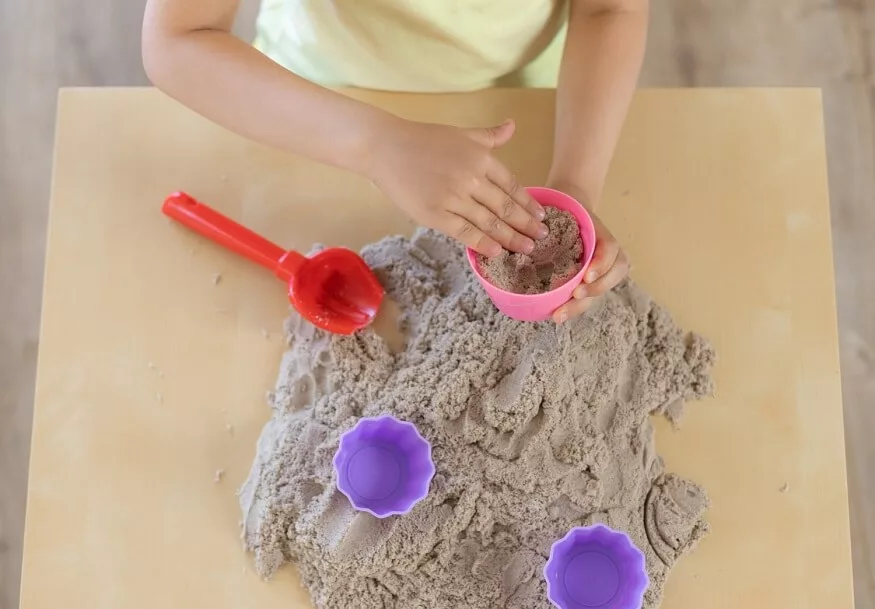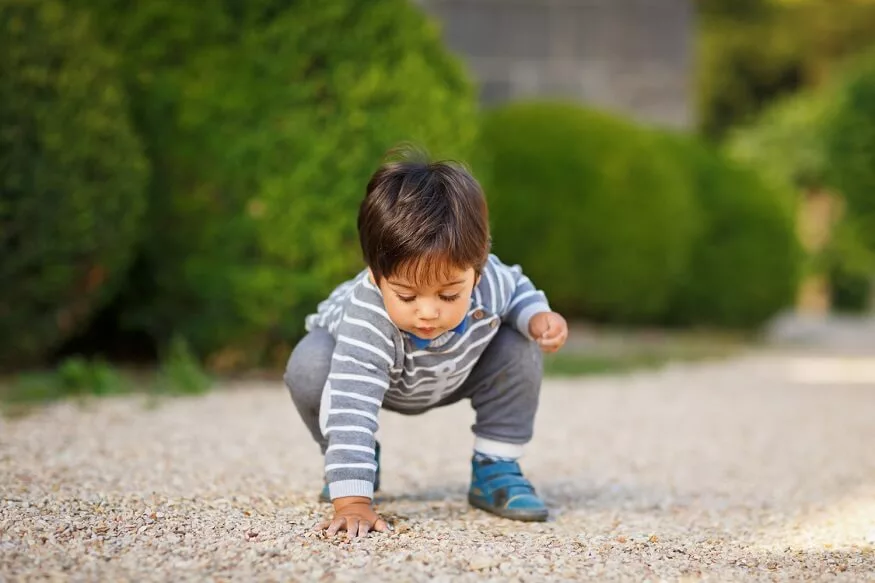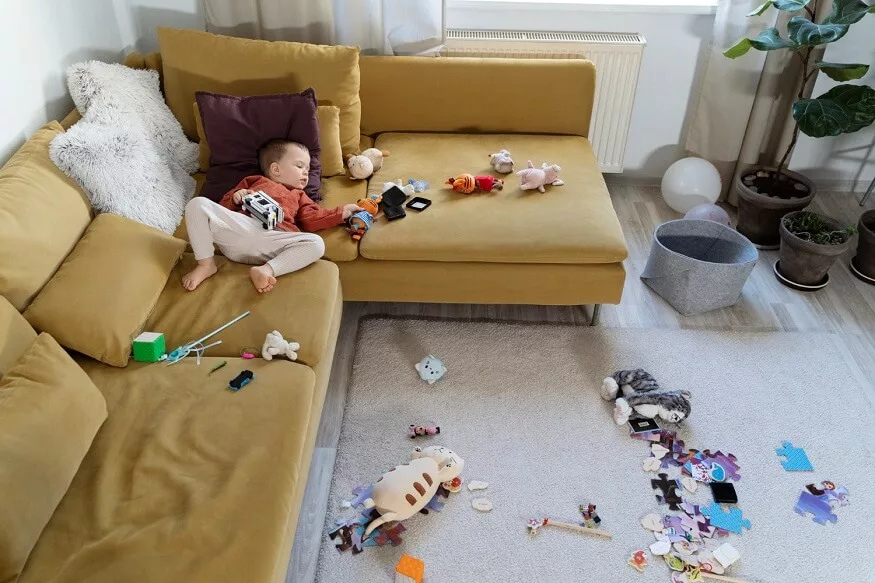In the realm of early childhood development, the significance of sensory experiences cannot be overstated. For toddlers and preschoolers, engaging in sensory activities lays the foundation for cognitive, social, and emotional development. One popular and versatile tool for fostering sensory exploration is the sensory bin. In this guide, we’ll delve into the world of sensory bins, exploring their benefits, providing sensory bin ideas, and offering a step-by-step DIY guide for creating a sensory bin tailored to the unique needs and interests of toddlers and preschoolers.
Understanding Sensory Bins
A sensory bin is a tactile-rich container filled with various materials that stimulate a child’s senses, encouraging them to explore, create, and learn through hands-on play. These bins are designed to engage multiple senses, including touch, sight, sound, and sometimes even smell. The diverse range of materials used in sensory bins creates an immersive and interactive experience for young children.
Sensory bins are vital for childhood development, offering a gateway to experiential learning. These tactile-rich containers engage multiple senses, nurturing cognitive, fine motor, and social skills. By providing a safe space for exploration, sensory bins promote creativity and problem-solving. They contribute significantly to sensory integration, aiding in the development of self-regulation skills crucial for a child’s overall well-being. Sensory bins are not just play; they are essential tools in shaping a child’s early learning experiences.
Also Read: Creating effective environments for learning reflection through play
Benefits of Sensory Activities for Preschoolers
Engaging in sensory activities holds profound benefits for preschoolers, fostering a holistic approach to early childhood development. These activities not only captivate young minds but also play a pivotal role in enhancing cognitive, motor, and social skills.
From fine-tuning fine motor abilities to promoting language development and providing a foundation for emotional regulation, sensory activities are a cornerstone in shaping well-rounded, curious, and resilient preschoolers. Here are some benefits that sensory play brings to the developmental journey of our little learners
- Cognitive Development: Sensory play enhances cognitive development by encouraging problem-solving and critical thinking. As children manipulate different materials in the sensory bin, they develop a deeper understanding of cause and effect.
- Fine Motor Skills: The tactile nature of sensory bins helps improve fine motor skills as children grasp, pinch, pour, and manipulate various textures. These activities strengthen hand muscles and coordination, laying the groundwork for later skills such as writing.
- Language Development: Sensory play provides rich opportunities for language development. As children explore the contents of a sensory bin, they describe their experiences, expanding their vocabulary and communication skills.
- Social and Emotional Development: Sensory activities promote social interaction and cooperation. Sharing a sensory bin with peers encourages teamwork, empathy, and communication, fostering positive social relationships.
- Regulation of Sensory Input: For some children, sensory bins serve as a therapeutic tool, helping them regulate sensory input. Children with sensory processing difficulties can benefit from the controlled exposure to various textures, scents, and sounds.
Also Read: How to Handle Tattling in Preschool
Sensory Bin Ideas
Sensory bin ideas refer to creative and themed concepts for assembling tactile-rich containers filled with various materials, stimulating a child’s senses during play. These ideas encompass diverse themes, materials, and textures, offering a range of immersive experiences that cater to the developmental needs and interests of toddlers and preschoolers. Here are are some sensory bin ideas for toddlers and preschoolers:
Nature-Inspired Sensory Bin
- Materials: Soil, leaves, pinecones, small rocks.
- Benefits: Connects children with nature, enhances tactile experiences, and introduces natural elements.
Rainbow Rice Sensory Bin
- Materials: Rice dyed in various colours using food colouring.
- Benefits: Stimulates visual senses with vibrant colours, encourages scooping and pouring activities.
Ocean Exploration Sensory Bin
- Materials: Blue-tinted water, seashells, plastic marine animals.
- Benefits: Introduces marine life concepts, provides a calming sensory experience with water.
Construction Zone Sensory Bin
- Materials: Kinetic sand, small toy construction vehicles.
- Benefits: Enhances tactile experiences with the unique texture of kinetic sand, encourages imaginative play.
Scented Sensory Bin
- Materials: Various scented items like herbs, spices, or scented playdough.
- Benefits: Introduces olfactory stimulation, engages multiple senses simultaneously.
Also Read: What Does Kindergarten Readiness Mean
DIY Guide for Creating a Sensory Bin
Creating a sensory bin doesn’t have to be complicated. Here’s a step-by-step guide to crafting a sensory bin tailored to the developmental needs of toddlers and preschoolers:
Step 1: Choose a Container
- Select a container that is appropriate for your child’s size and developmental stage. Consider factors such as depth, accessibility, and ease of cleaning.
Step 2: Select a Base Material
- Choose a base material that forms the foundation of your sensory bin. Common options include rice, dried beans, sand, or even shredded paper.
Step 3: Add Texture and Variety
- Introduce a variety of textures by including materials like felt shapes, fabric scraps, or sponges. This adds complexity to the sensory experience.
Step 4: Incorporate Objects for Exploration
- Select objects that match the theme or interests of your child. This could include toys, figurines, or items related to nature, animals, or everyday life.
Step 5: Include Tools for Manipulation
- Provide tools such as scoops, spoons, cups, or tweezers to encourage fine motor skill development.
Step 6: Consider Sensory Elements
- Integrate sensory elements like scents, sounds, or even temperature variations. This could involve incorporating scented items, playing soft music, or including items from the fridge for a cold sensation.
Step 7: Supervise and Engage
- While sensory play is generally safe, it’s essential to supervise your child during the activity. Engage with them, ask open-ended questions, and encourage exploration.
Step 8: Rotate Materials
- Keep the sensory experience fresh by rotating materials regularly. This maintains the child’s interest and introduces new elements for exploration.
Also Read: Ways to Build and Expand Your Child’s Vocabulary
Sensory bins offer a dynamic and enjoyable way for toddlers and preschoolers to explore their world and develop crucial skills. Through sensory play, children not only build cognitive and motor skills but also learn to regulate their sensory experiences. By following this DIY guide and incorporating diverse sensory bin ideas, parents and educators can create enriching environments that stimulate a child’s imagination and contribute to holistic development. EuroSchool encourages young minds to engage in the delightful world of sensory exploration, we pave the way for a lifetime of curiosity, creativity, and continuous learning.










